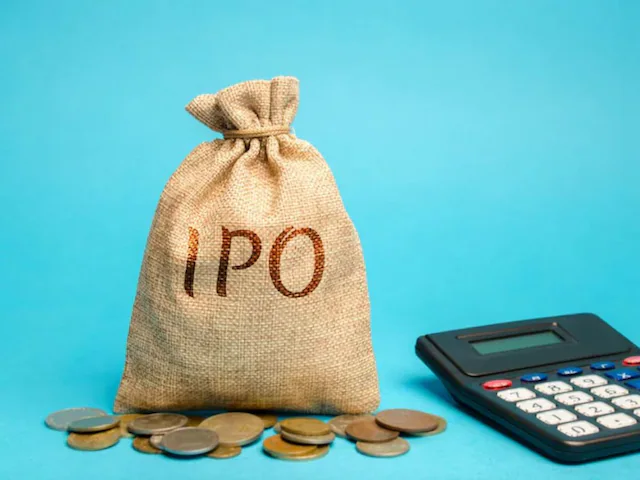Capitalmind Financial Services has studied the top 30 IPOs by offer size and the returns an investor buying at the IPO price and holding would have made compared with the CNX500 index. This includes the impact of dividends and assuming they were reinvested in the stock.
According to the study, 18 of the top 30 IPOs by size have failed to generate excess returns when compared to the returns from the CNX500 index.
The CNX 500 (also known as the Nifty 500) is a broad market stock index that represents the performance of the top 500 companies listed on the National Stock Exchange (NSE) of India.
According to the study, 8 of the 30 have delivered negative returns.
2 of the top 10 have generated returns greater than the CNX500. Coal India just about doubled in price over 14 years but does much better with its dividends. Even then, it just about matches the index.
Zomato is the only top 10 IPO that has delivered meaningful excess returns. The other big winners out of the top 30 are Hindustan Aeronautics, Indian Railway Finance Corp, Sona BLW Precision Forgings and ICICI Lombard.
Five of the top 10 IPOs are from the last two years. Most of them have done well, including Bajaj Housing Finance, Bharti Hexacom, and Brainbees (FirstCry), thanks in no small measure to a favourable market.
By industry, financials have traditionally dominated public market fund-raising. Even in 2024, 27% of funds raised were by Financials. However, Consumer companies (cyclical and non-cyclical) have emerged as the largest industry category in 2024, thus far.
Consumer companies have contributed 34% of the funds raised in 2024, followed by Financials at 27% and Industrials at 14%.
Anoop Vijaykumar, Investments & Head of Research, Capitalmind Financial Services, said, “Overall, big IPOs have struggled to deliver excess returns for the investors. IPOs abound in bull markets since they get optimistic valuations and most late-stage bull markets are characterised by a few large IPOs which tend to be valued optimistically. When the earnings growth to justify those valuations does not materialise combined with a mean-reversion in broader markets, high-profile IPOs end up delivering lower than expected returns.”

